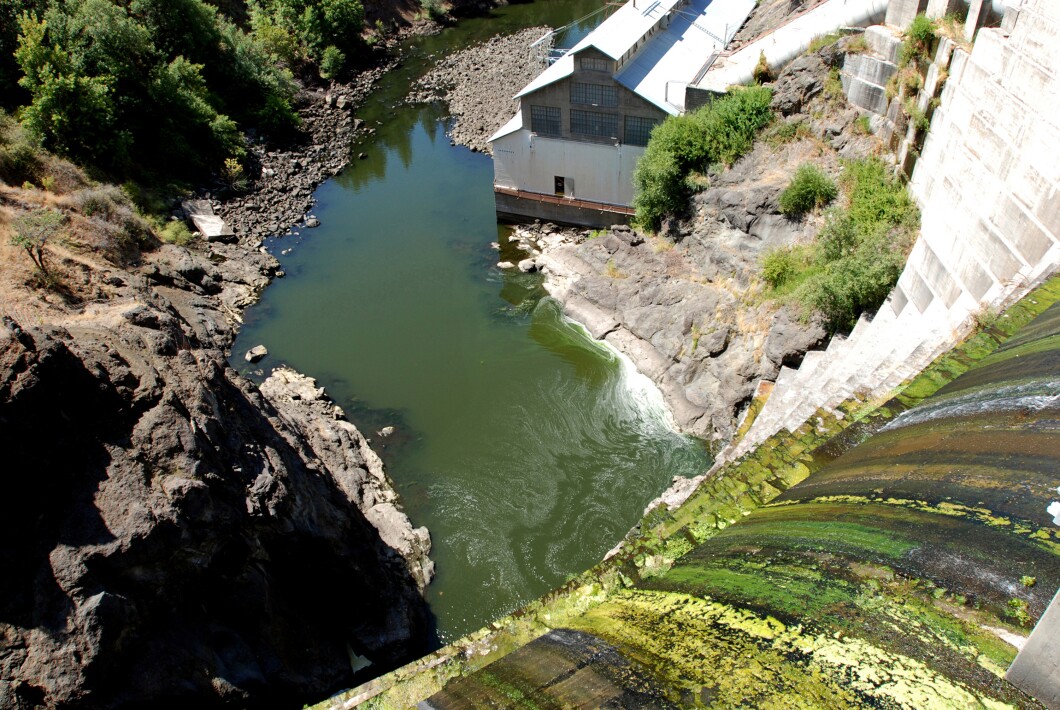
Four dams will be demolished on a large California river that would return free-flowing salmon to the area for the first time in more than a century.
The Federal Energy Regulatory Commission unanimously approved the $500 million project Thursday for the Klamath River, which flows 257 miles along the California-Oregon border before emptying into the ocean.
Demolition has been championed by Native American tribes that live in the area and rely on salmon. Members of the Yurok, Karuk, and Hoopa Valley tribes lit a bonfire and watched the vote on a remote Klamath River sandbar via a satellite uplink.

“The Klamath salmon are coming home,” Yurok Chairman Joseph James said. “The people have earned this victory and with it, we carry on our sacred duty to the fish that have sustained our people since the beginning of time.”
WHITE HOUSE WANTS $500 TO UPGRADE STRATEGIC PETROLEUM RESERVE
The aging dams could power 70,000 homes, but the cost of environmental upgrades to preserve the salmon, coupled with a dwindling water supply, was not economical. Operator PacifiCorp will surrender its license to the federal government, paving the way for the largest salmon restoration plan in the world.
Dams were constructed between 1918 and 1962, cutting the river in half and preventing salmon from swimming upstream to spawn. The first dam will come down next summer, with three more scheduled for 2024. Water will slowly be drained from them before demolition. The Klamath Basin watershed covers 14,500 miles.
CLICK HERE TO READ MORE FROM THE WASHINGTON EXAMINER
During the past 25 years, 1,951 dams have been demolished in the United States, according to American Rivers, an organization that monitors restoration. The largest project was two dams on Washington’s Olympic Peninsula in 2012.





